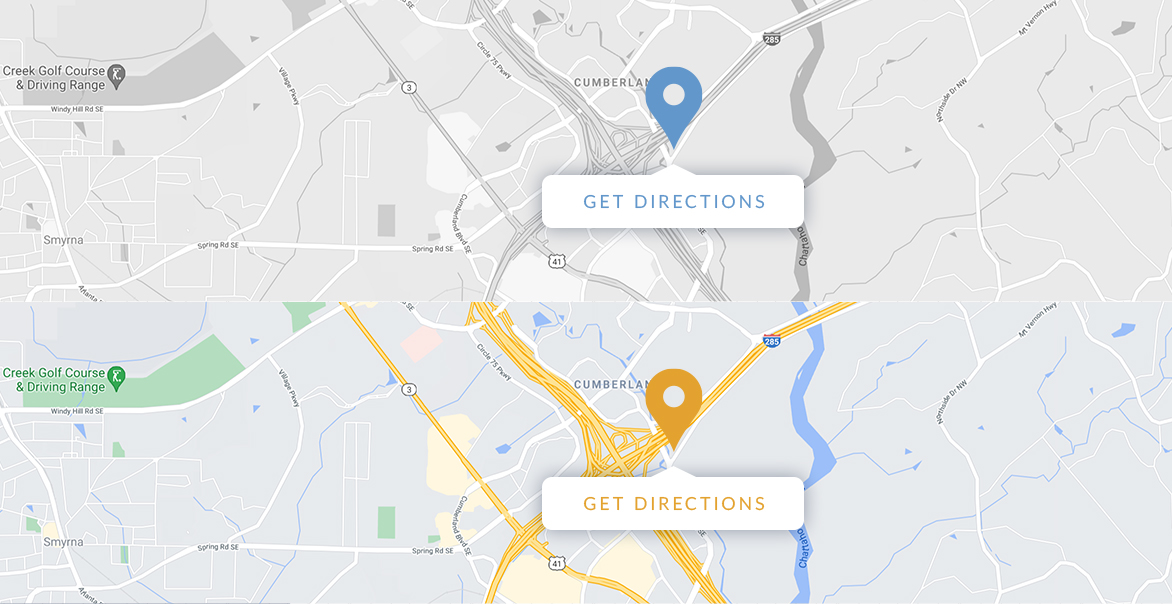How Does My Pain and Suffering Translate Into Damages?
Since 2010, Georgia’s supreme court ruling has allowed plaintiffs to recover up to any amount in damages for a personal injury claim — unlike other states who put limits on the amount of money a plaintiff can receive. But how is pain and suffering measured in monetary value?
If you have recently suffered at the hands of a negligent party, read on to learn more about the considerations a court makes to determine which types of injuries warrant which amounts of compensation.
Potential for ongoing consequences
The decision to remove the damage limits that a plaintiff can recover helps injured victims who have developed ongoing conditions to cover larger financial costs. This may include those who developed conditions, such as:
- Mobility, hearing or sight limitations
- Depression
- Insomnia
- Post Traumatic Syndrome Disorder (PTSD)
Economic damages
Economic damages are the monetary costs necessary to treat an injury. The courts can determine these costs more easily by considering the cost of:
- Devices the injury requires, such as wheelchair, sling, scooter
- Medication(s) to treat the injury
- Lost wages
- Resulting transportation costs
- Physical or mental therapy sessions
Proving the cost of non-economic damages can be challenging. If you have been suffered at the hands of a negligent party, it’s important to find a personal injury attorney who can help you outline the severity and degree of pain associated with your injury in addition to the financial effects it has on you and your family.
Plaintiffs who are attributed with 50 percent of the fault for the accident are completely barred from recovering any amount of damages. This is why it’s imperative that you contact an attorney who can help you build a strong defense for your personal injury case.





